Class 9 History Chapter 2 Question Answers - Socialism in Europe and the Russian Revolution
Q1. Differentiate between the ideas of the liberals and radicals in Europe (take the time period after the French Revolution).
Ans: The liberals did not believe in the universal franchise. In contrast, radicals wanted a government that represented the majority of the population. Liberals felt men of prosperity mainly should have the vote. They did not want the vote for women. On the other hand, the radicals supported women’s suffragette movements and opposed the privileges of great landowners and wealthy factory owners. They were not against the existence of private property but disliked the concentration of property in the hands of a few.
Q2. Why do we say that liberals during this time could not be called ‘democrats’?
Ans: The liberals opposed the uncontrolled power of dynastic rulers and wanted to safeguard the rights of individuals against governments. They also argued for a representative, elected parliamentary government, subject to laws interpreted by a well-trained judiciary that was independent of rulers and officials. However, they could not be called democrats. They did not believe in universal adult franchises and also did not want the vote for women. They felt the right to vote should only be for men of property.
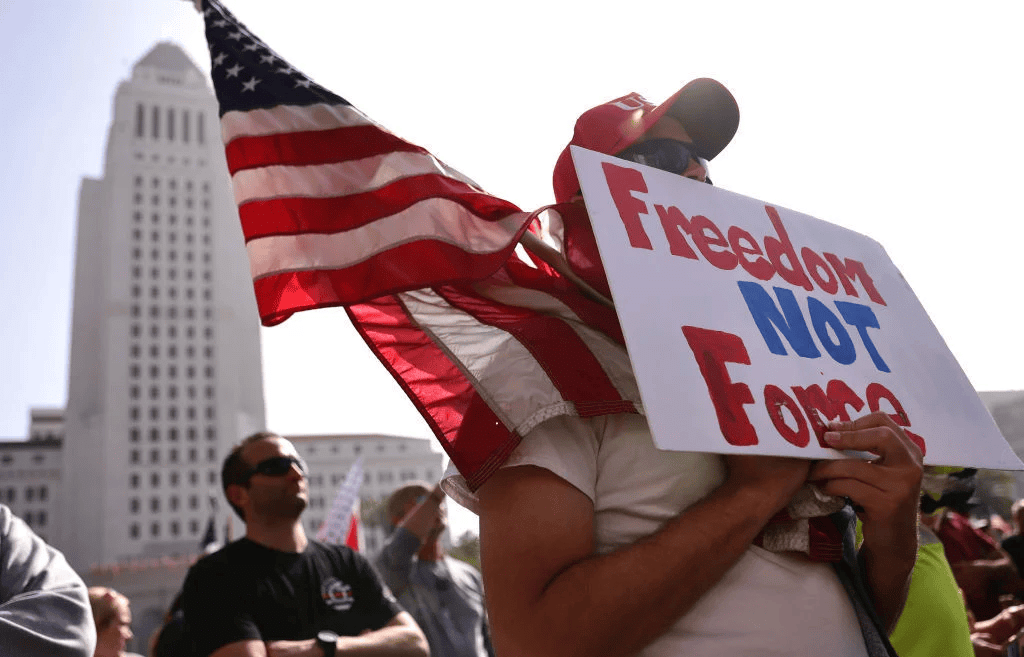
Q3. How should society, according to liberals and radicals, develop?
Ans: Liberals and radicals were often property owners and employers. Having acquired wealth through industrial ventures and trade, they firmly believed that such efforts should be encouraged — that its profits would be reaped if the workforce in the economy was healthy and citizens were educated. They put forth that societies could develop if the poor could labour, the freedom of individuals was ensured and those with capital could operate without restraint.
Q4. Why were socialists against private property and saw it as the root of all social ills?
Ans: Those who propagated socialism argued that individuals who owned property, did provide employment to many people but they were concerned with personal gains only and did not bother about the welfare of the people. They felt that if society controlled property, more attention would be paid to collective social interests.
Q5. Describe the incident known as ‘Bloody Sunday’.
Ans:  Bloody SundayAbout 150,000 workers in St. Petersburg went on strike on Bloody Sunday, January 22, 1905, demanding a reduction in the working day to eight hours, an increase in wages, and improvements in working conditions. When this procession reached the Winter Palace it was attacked by the police and the Cossacks. Over 100 workers were killed and about 300 wounded. This incident, known as Bloody Sunday, started a series of events that became known as the 1905 Revolution.
Bloody SundayAbout 150,000 workers in St. Petersburg went on strike on Bloody Sunday, January 22, 1905, demanding a reduction in the working day to eight hours, an increase in wages, and improvements in working conditions. When this procession reached the Winter Palace it was attacked by the police and the Cossacks. Over 100 workers were killed and about 300 wounded. This incident, known as Bloody Sunday, started a series of events that became known as the 1905 Revolution.
Q6. What effect did the war have on the industry of Russia?
Ans: Russian industries were very few in number and the country was cut off from other suppliers of industrial goods by German control of the Baltic Sea. Industrial equipment disintegrated more rapidly in Russia than elsewhere in Europe. By 1916 railway lines began to break down. Able-bodied men were called up to the war. As a result, there were labour shortages and small workshops producing essential commodities were shut down.
Q7. Why was the decision to collectivise farms taken?
Ans: It was thought that rich peasants and traders in the countryside were holding stocks in the hope of higher prices. This created a shortage. As the shortage continued, the decision was taken to collectivise farms as Lenin felt that the small size of farms caused the shortage. They also felt that these small size farms could not be modernized. They felt that the need of the hour was to develop modern farms and run them along industrial lines with machinery.
Q8. “By the 1950s it was acknowledged within the country that the style of government in the USSR was not in keeping with the ideals of the Russian Revolution.” Why was this said?
Ans: By the 1950s it was acknowledged within the country that the style of government in the USSR was not in keeping with the ideals of the Russian Revolution. Russia, a backward country, had become a great power. Its industries and agriculture had developed and the poor were being fed. But it had denied the essential freedoms to its citizens and carried out its developmental projects through repressive policies.
Q9. What was the role of the Tsar in the peasant revolt of 1905? Did the revolt fail? Discuss briefly.
Ans: During the 1905 Revolution, the Tsar allowed the creation of an elected consultative parliament or Duma. The Tsar dismissed it within 75 days and re-elected it. Second Duma: within 3 months. He did not want any questioning of his authority or any reduction in his power. He changed the voting laws and packed the third Duma with conservative politicians. Yes, it failed.
Q10. Discuss the civil war that took place in Russia after the October Revolution and its consequences.
Ans: 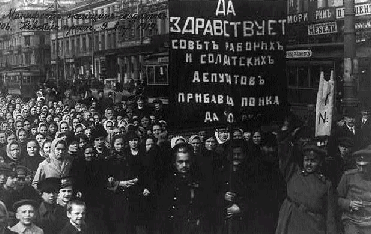 Fig. October RevolutionWhen the Bolsheviks ordered land redistribution the Russian army began to break up. Non-Bolshevik socialists, liberals, and supporters of autocracy condemned the Bolshevik uprising. They were supported by the French, American, British and Japanese troops. The Bolsheviks kept industries and banks nationalised during the civil war. A process of centralised planning was introduced. Rapid construction and industrialisation started. An extended schooling system developed. Stalin introduced collectivisation of the farms so that no shortage of grain should occur.
Fig. October RevolutionWhen the Bolsheviks ordered land redistribution the Russian army began to break up. Non-Bolshevik socialists, liberals, and supporters of autocracy condemned the Bolshevik uprising. They were supported by the French, American, British and Japanese troops. The Bolsheviks kept industries and banks nationalised during the civil war. A process of centralised planning was introduced. Rapid construction and industrialisation started. An extended schooling system developed. Stalin introduced collectivisation of the farms so that no shortage of grain should occur.
Q11. Discuss briefly the Five Years Plans.
Ans: A process of centralised planning was introduced. Officials assessed how the economy could work and set targets for a five-year period, on this basis they made the five-year plans. The government fixed all prices to promote industrial growth during the first two plans (1927-32 and 1933-38) centralised planning led to economic growth.
Q12. Explain why did the Bolsheviks considered the Russian Revolution as only the “first stage” of the revolution.
Ans: The Bolsheviks considered the Russian revolution as only the ‘first stage’ of revolution because merely seizing power was not their ultimate aim. They aimed at an egalitarian society. The next stage of the revolution included the redistribution of land, nationalisation of industries and banks, collective farming. Rich peasants had to be forced to redistribute land. Their ultimate aim was to establish the rule of the proletariat – the peasants and workers.
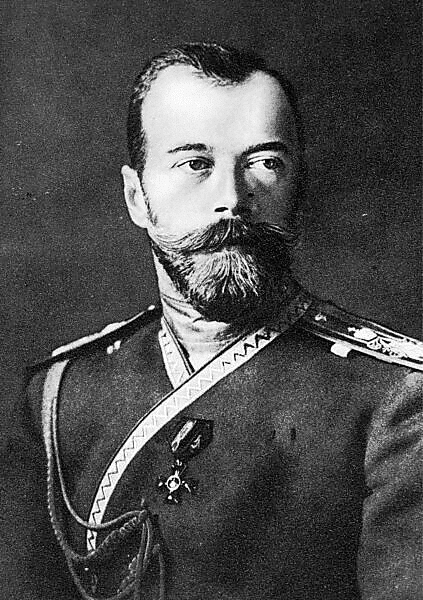
Q13. Why did the Tsarist autocracy collapse in 1917?
Ans: Anti-German sentiments were high. St. Petersburg (a German name) was renamed Petrograd. Tsarina Alexandra’s German origin and poor advisors made the autocracy unpopular. By 1917, the shocking defeats in World War I resulted in seven million casualties and three million refugees. This situation discredited the government and the Tsar. There was a shortage of food, people were rioting as bread and flour became scarce. The large Russian army shifted its loyalty and began supporting the revolutionaries, and Tsarist power collapsed.
Q14. Mention the demands of the workers who went on strike at St. Petersburg in 1904.
Ans: When four members of the Assembly of Russian Workers were dismissed, there was a call for industrial action. Over the next few days, over 110,000 workers in St. Petersburg went on strike. Workers demanded a reduction in the working day to eight hours, an increase in wages, and an improvement in working conditions.
Q15. What was the impact of the First World War on the Russian economy?
Ans: The war caused large supplies of grain to be sent to feed the army. For the people in the cities, bread and flour became scarce. By the writer of 1916, riots at bread shops were common. The workers in Leningrad were the worst sufferers as a severe winter added to their miserable conditions. The economic crisis led to the Revolutions.
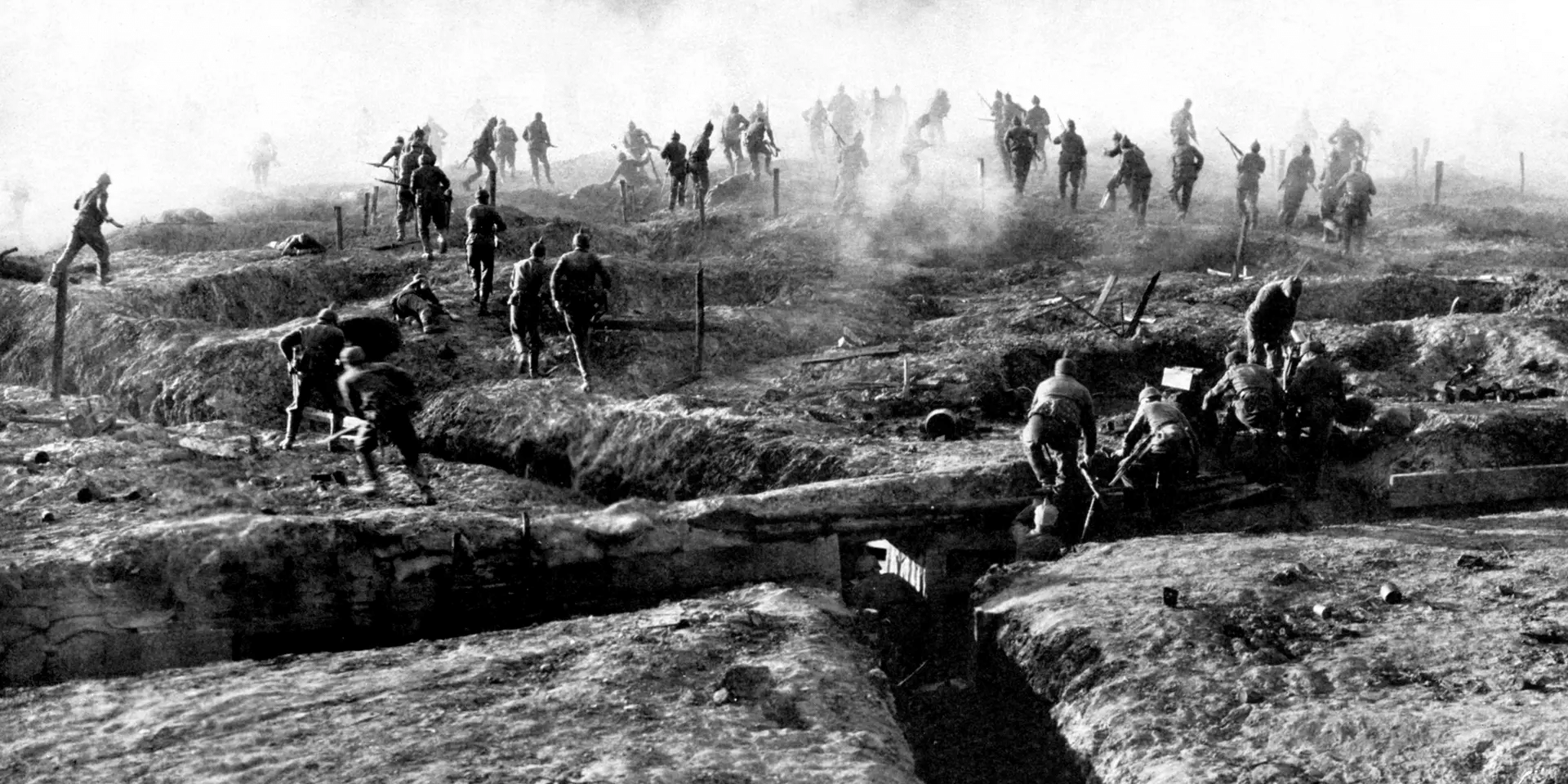
Q16. Mention the important steps taken by Lenin to improve the agriculture and economy of Russia.
Ans: Lenin nationalist most industries and banks. He ordered land redistribution. He permitted peasants to cultivate the land that had been socialised centralised planning was introduced. Five-year plans were made. The government fixed all prices during the First two-year "plans". There was increased production of oil, coal, and steel. An extended schooling system developed, and factory workers and peasants could go to universities. Communes were set up, members were in a communal dining hall and income was divided according to the principles of "cooperative commission".
Q17. Why socialists were against private property?
Ans: Socialists were against the institution of private property because they felt that it was the basis of all the social troubles. In addition, individuals who owned the property gave employment to the unemployed but that was done only for personal gain and not for the benefit and welfare of those people who made the property productive. Therefore, socialists wanted the whole population to control the property rather than an individual so that more attention would be paid to collective social interests.
Q18. What was Lenin's April Theses? Why were some members of the Bolshevik Party surprised by the April Theses? What made them change their attitude? What were the main objectives of the Russian Revolutionaries?
Ans: The three demands of Vladimir Lenin, after his return to Russia in April 1917' were:
(i) He and the Bolsheviks had opposed the war since 1914. He felt in 1917 that was should be brought to a close.
(ii) Land should be transferred to the peasants.
(iii) The banks should be nationalised and the party should be renamed "Communist Party". These three demands were called Lenin's "April Theses".
Most of the members of the Bolsheviks were initially surprised as they thought the time was not yet ripe for a socialist revolution and the provisional government needed to be supported. In the countryside, peasants pressed for redistribution of land, and encouraged by the socialist revolution's ideas peasants seized land between July and September 1917. This led to the change of view and the Bolsheviks decided to seize power.
Q19. Mention any two changes introduced by Stalin in the Russian economy. How did Stalin deal with the critics?
Ans: The following changes were introduced by Stalin:
(i) Elimination of kulaks, the well-to-do farmers. The land from the kulaks was taken and state-controlled farms were established.
(ii) Collectivisation of land i.e., Stalin’s collectivisation programme was followed. All peasants had to cultivate collective farms (Kolkohz) and the profit was shared by the peasants working on the land. There was peasants’ resistance which Stalin dealt with severely. The critics were charged with conspiracy against socialism. 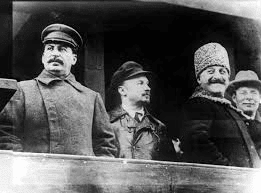
Q20. What steps were taken to improve the condition of factory workers and peasants in Russia after the Civil War?
Ans: After the Civil War many steps were taken to improve the condition of factory workers and peasants which were:
- Bolsheviks nationalized industries and banks. The lands which were socialised were given to the peasants to cultivate. To show how collective work was done, the Bolsheviks used land that was confiscated.
- Centralized planning was introduced which meant all decisions about the economy would be made by the officials, who established goals to be achieved every five years.
- As a result, New factories developed. Schooling systems were established, and factory workers and peasants were allowed to enter the universities.
- To improve the condition of the women workers, crèches were arranged for their children.
- The arrangement of cheap public health was made. For workers to stay, the living quarter was established.
Q21. Discuss the relationship between peasants and nobles in Russia during the early 19th century.
Ans: In Russia, the nobility, the Crown, and the Orthodox Church owned large landed properties.
(i) Unlike the peasants of France, the Russian peasants did not have any respect for the nobles.
(ii) In Russia, the peasants wanted the land of the nobles and sometimes, they refused to pay rent. They sometimes even murdered the landlords.
(iii) In 1902, a peasant agitation occurred on a large scale in South Russia, and by 1905, it spread all over Russia.
(iv) Peasants established communes (mir) which divided the land according to the needs of the individual family.
Q22. What were the different notions of Liberals, Radicals, and Conservatives regarding the formation of the new Government in Russia? Discuss.
Ans:
- Liberals opposed the uncontrolled power of dynastic rulers. They wanted to safeguard the rights of individuals against governments. They argued for a representative elected parliamentary government with an independent judiciary.
- Radicals wanted a government based on the majority of a country's population. Unlike liberals, they opposed the privilege of great landowners and wealthy factory owners. They disliked the idea of the concentration of property in the hands of a few.
- Conservatives were opposed to radicals and liberals. They believed that the past had to be respected and that change had to be brought about through a slow process.
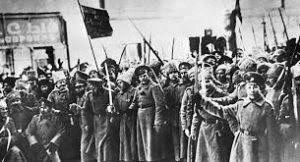
Q23. What were the three main changes observed after the October Revolution in Russia?
Ans: The three main changes observed after the October Revolution in Russia are:
(i) Most industries and banks were nationalised in November 1917. The government took over their ownership and management.
(ii) Land was declared social property and peasants were allowed to seize the land of the nobility.
(iii) Large houses in cities were partitioned according to family requirements. Old titles of the aristocracy were banned. New uniforms were designed for the army and officials.
Q24. Why socialists were against private property?
Ans: Socialists saw private property as the root of all social ills of the time. Individuals owned the property that gave employment, but the propertied was concerned only with personal gain and not with the welfare of those who made the property productive. So, according to them, if society as a whole rather than single individuals controlled property, more attention would be paid to collective social interests.
|
56 videos|439 docs|80 tests
|
FAQs on Class 9 History Chapter 2 Question Answers - Socialism in Europe and the Russian Revolution
| 1. What were the main ideas of socialism in Europe during the 19th century? |  |
| 2. How did the Russian Revolution of 1917 contribute to the spread of socialism? |  |
| 3. Who were the key figures in the development of socialist thought in Europe? |  |
| 4. What were the social and economic conditions in Europe that led to the rise of socialism? |  |
| 5. What role did the Russian Revolution play in shaping modern socialism? |  |























